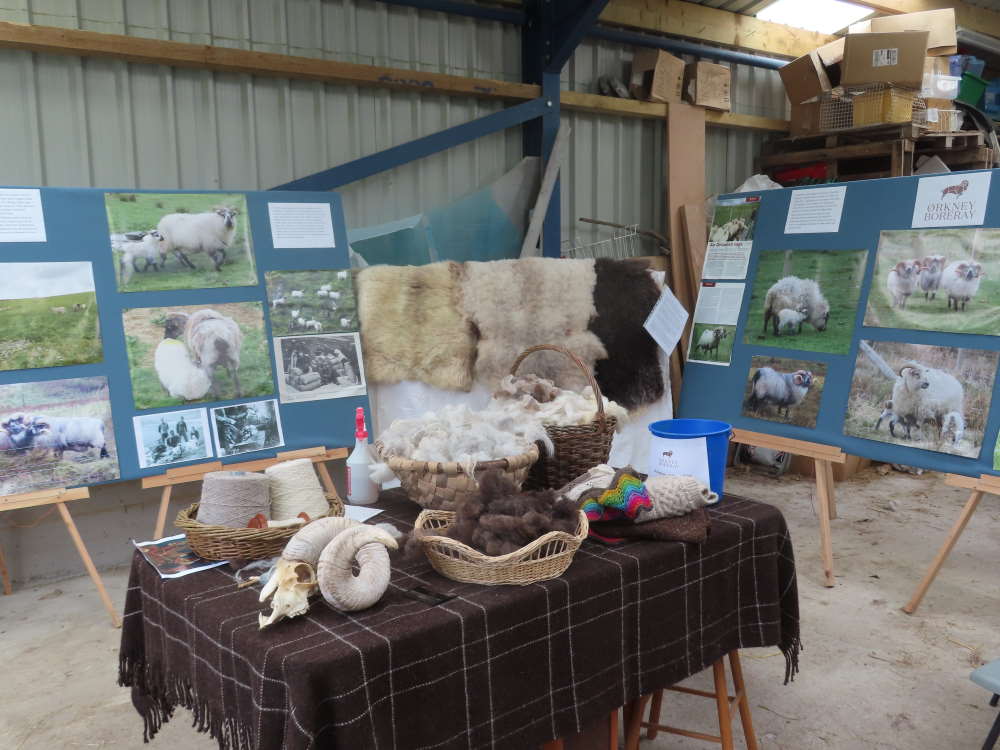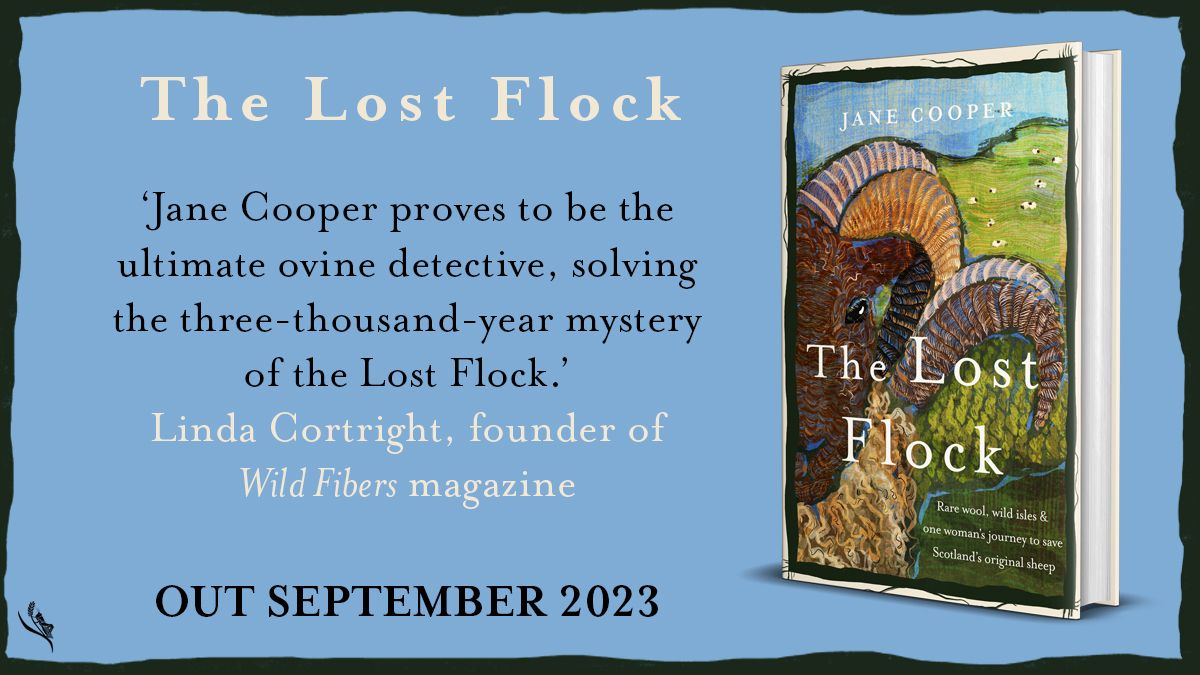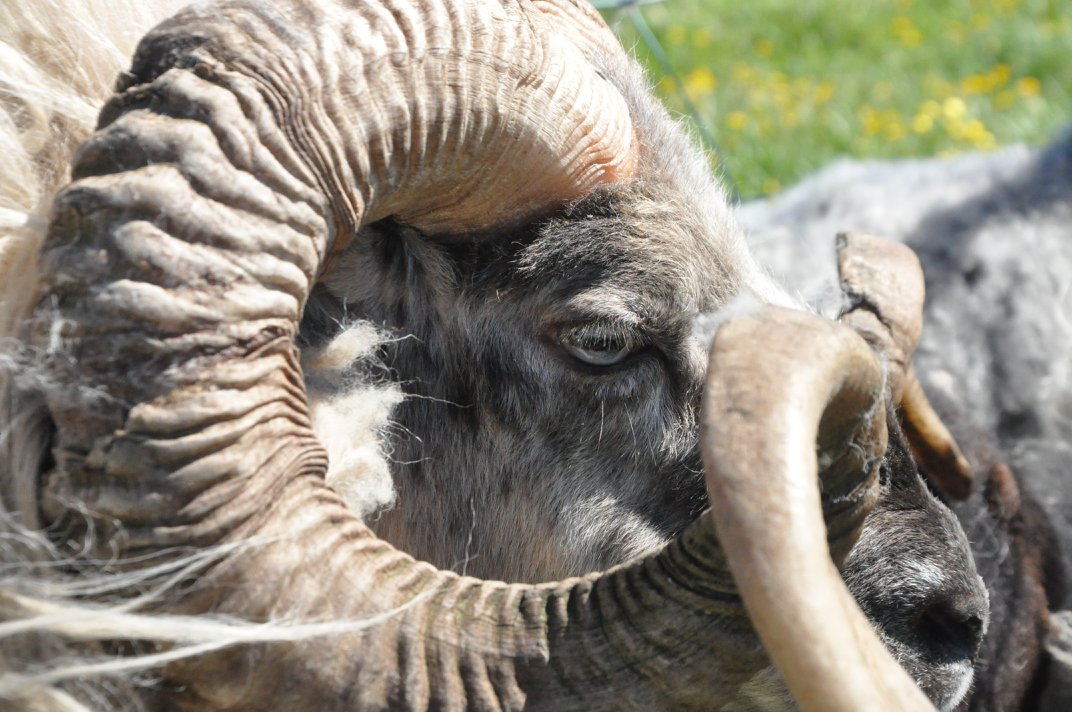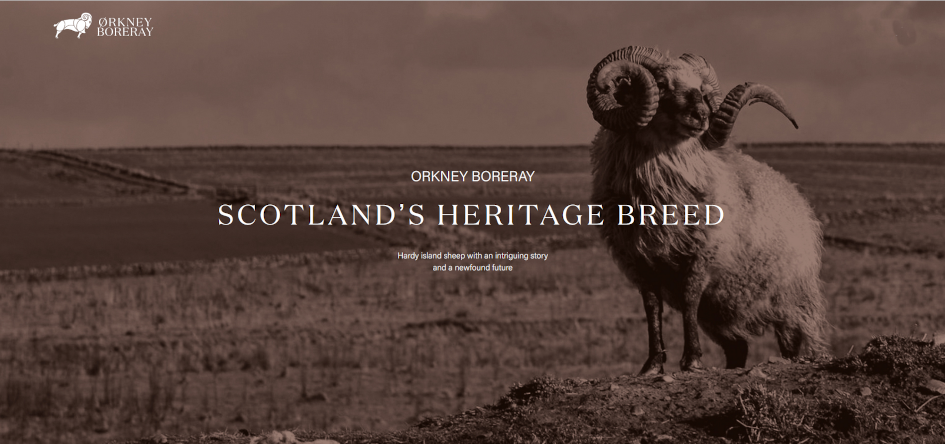Orkney Viking Festival 2023
As part of Orkney Viking Festival we invite you to visit our flock of Boreray sheep in West Mainland.
This year there is a change to our usual Viking Sheep Experience. The book, The Lost Flock, is being launched on 12 September 2023 and on 16 September at 7pm at King Street Hall, upper room, I will be giving a talk, The Power of Viking Wool, on how the ancestors of our sheep that were such an important part of the life of Vikings and how their fleece was processed and used.
The following day, Sunday 17 September there will be an opportunity to Meet The Sheep, see our display and hear more about Viking sheep and wool.
Visitors are invited to the farm at:
11am Sunday 17 September
3pm Sunday 17 September

Directions to the farm
Full terms and conditions are below.

In our shed ('barn' for those from England) we have a display of posters showing the sheep and their history, and a display of fleece and woollen items.
We also have a selection of Boreray products for sale that you are welcome to look at. This includes tanned sheepskins, knitting yarn spun by North Ronaldsay mill, postcards and Viking related items made by a craftsman in Stronsay from the horns of the sheep.
A primitive breed, part of the North Atlantic Short-Tailed family of sheep, and little changed over the centuries. These little short-tailed sheep were vital for Viking life and exploration.

Boreray sheep are the UK's rarest breed, until recently critically endangered, but now there are just over 500 registered breeding ewes. The Orkney Boreray sheep are a much rarer genetically unique subgroup. Their history from Neolithic times is fascinating and includes their Viking heritage and their home on St Kilda where they were left behind on Boreray island when the population was evacuated in 1930.
For the Vikings, the Short-Tailed sheep were extremely important. Their unique double coated fleece had properties essential for the sails that powered their boats and longships, as well as providing clothing that could withstand the wet and cold. Work reproducing woollen sails has shown other qualities of the wool of these tough little sheep that made it possible to have woollen sails. Calculations of the work involved in making these sails and the number of sheep required give insights into Viking life.
This is a photograph I took of a demonstration of Viking textile work from the 2014 North Atlantic Native Sheep & Wool Conference in Iceland.
Terms and Conditions
- On any livestock farm unexpected things can happen and weather conditions may affect what would be safe and appropriate to do during your visit.
- Visitors must follow safety instructions on the farm, including avoiding the steep slope by the entrance to the shed that is blocked off with hurdles.
- Children must be fully and closely monitored by their parents at all times.
- Borerays are primitive sheep so touching the sheep is not possible.
- Hand washing facilities are provided and everyone is strongly advised to wash their hands with soap and hot water at the end of the visit for health & safety reasons.
- We don't have any public toilet facilities. The nearest public toilets are by the car park in Finstown.
